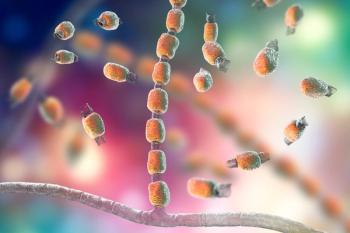
|Articles|November 11, 2010
Today's Daily Dose: Mothball toxicosis
How to tell which type of mothball poisoning you're dealing with.
Advertisement
Untitled Document
“In general, naphthalene ingestion requires more aggressive treatment than paradichlorobenzene. If the type of mothball ingested is unknown and the owner has brought in a sample, perform the following test. Add three heaping tablespoons of table salt to tepid water, and mix vigorously until the salt will no longer dissolve. Place the mothball in the saturated water. Naphthalene mothballs float, and paradichlorobenzene mothballs sink.”
Advertisement
Newsletter
From exam room tips to practice management insights, get trusted veterinary news delivered straight to your inbox—subscribe to dvm360.
Advertisement
Advertisement
Advertisement
Trending on dvm360
1
Clinic center: Schwarzman Animal Medical Center completes $125 million renovation, and other updates
2
Mental health and the use of AI in veterinary medicine
3
Nonpharmacologic ways of managing pain and separation anxiety in dogs
4
Q&A: What the 2023 ACVIM update means for leptospirosis vaccination
5




